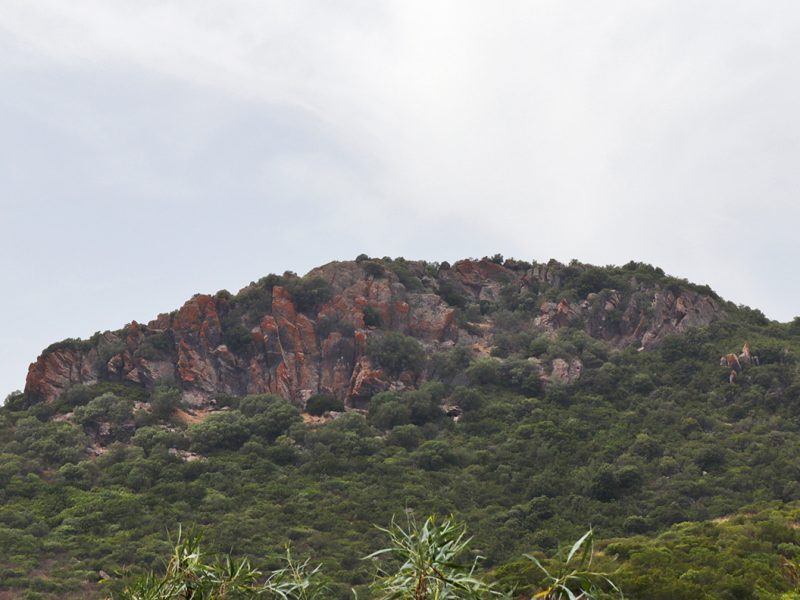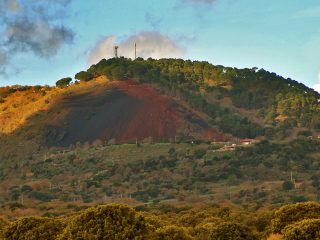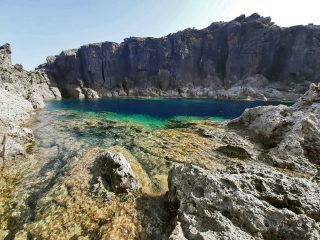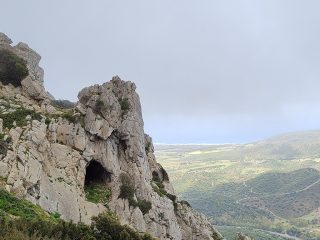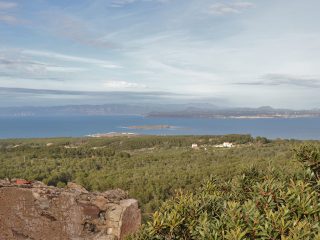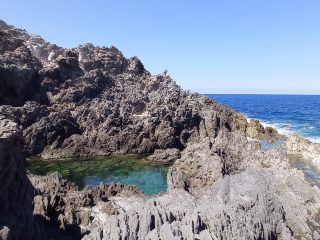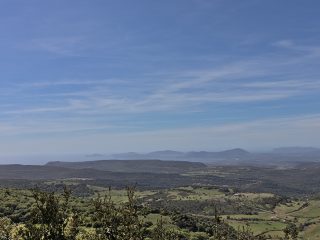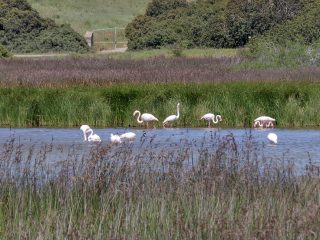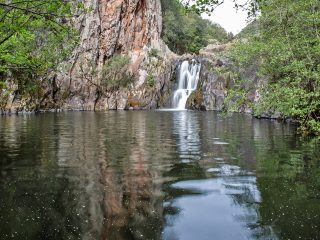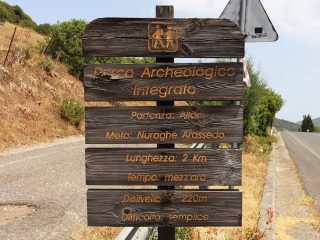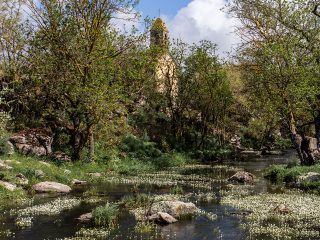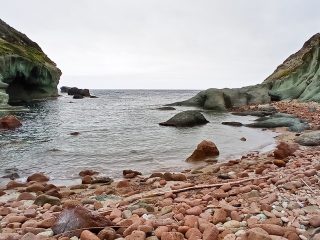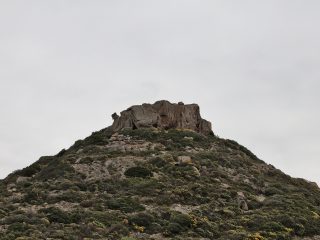Monte Ollastra is an elevation culminating in a crest which is very rough in a fairly remote area, at times featuring extensive reforestation projects.
The mountain gives its name to the small town nearby, Ollastra, in the province of Oristano. From 1928 to 1946, the small town was annexed to the nearby town of Simaxis and was known as Ollastra Simaxis. In 1991, it became the current-day Ollastra.
The place name derives from “ollastu”, the local name given to the wild olive, a popular tree in this area.
Monte Ollastra reaches a maximum height of 380 m. a.s.l. and its peaks are represented by dacites with clearly visible veins of white quartz. The mountain has two caves, s’Arutta e ‘conca e’ mesu and s’Arutta e’ Margini Figu. The latter, in particular, is a natural cavern formed through the erosion of volcanic rocks, inside a dense forest, where there are numerous examples of wild fig.
Generally, the vegetation is typical of Mediterranean shrub.
This area has been populated since prehistoric times as is shown by the presence of different archaeological sites like the Accas, s’Orco and San Perdu nuraghi and the remains of small residential settlements of clay and straw huts.
Heading up the mountain from the town of Villanova Truschedu, about 3 km away, you’ll come to the equipped area of San Martino Ollastra.


